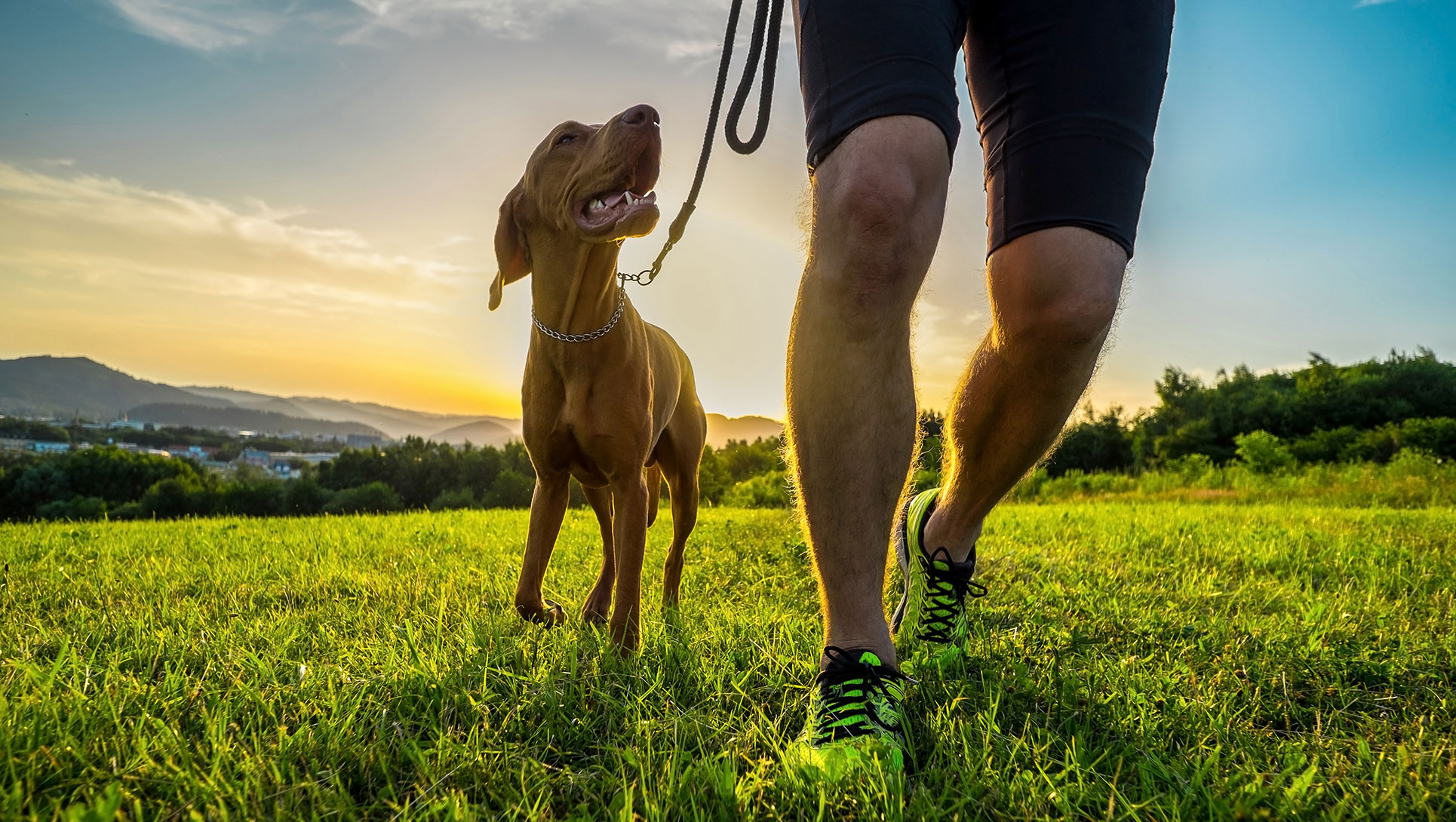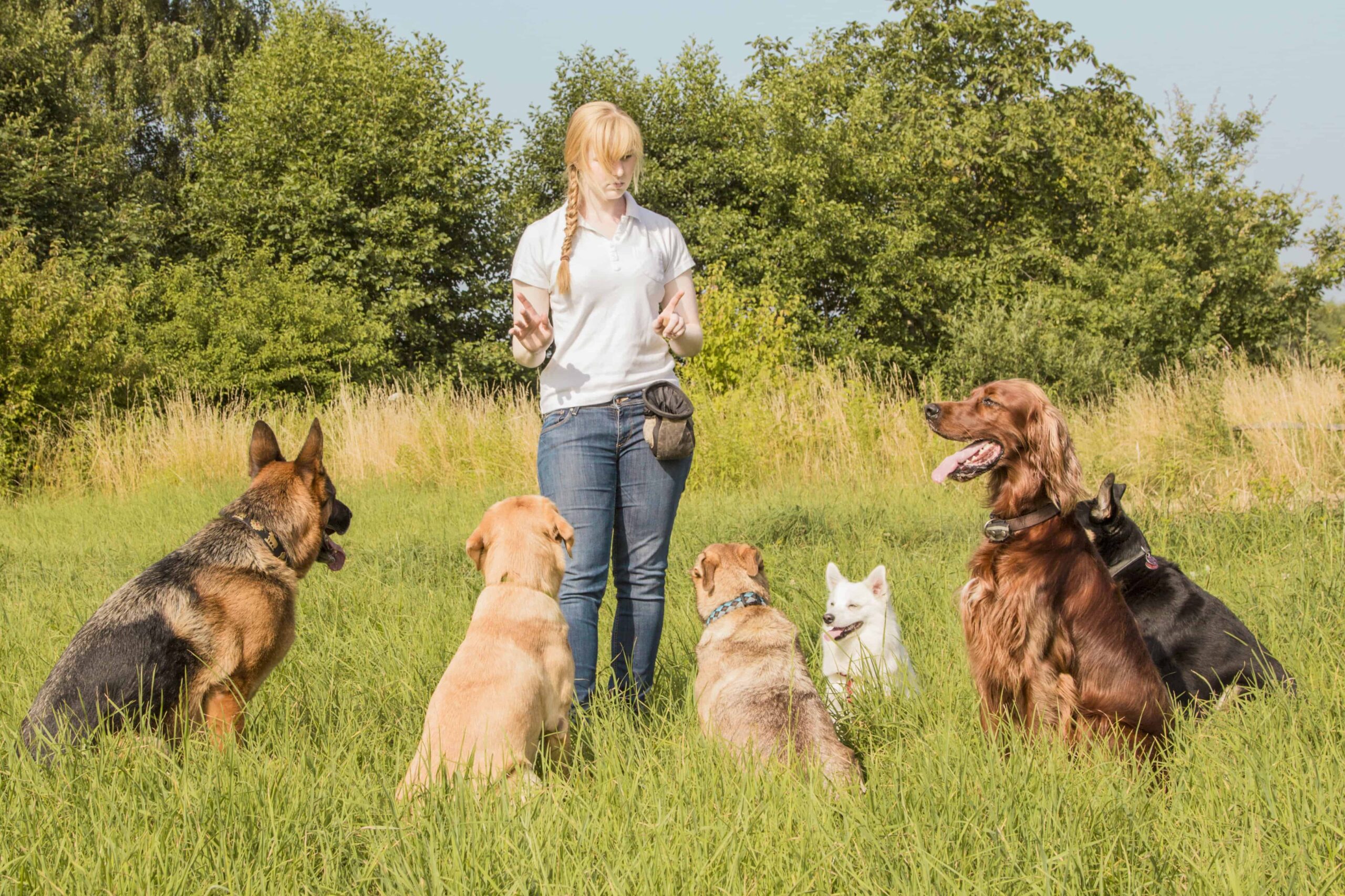Dog Training for First-Time Pet Owners: What You Need to Know
Leading Pet Educating Strategies Every Owner Should Know

Positive Support Techniques
Utilizing positive support methods is essential for reliable canine training, as it cultivates a trusting bond in between the canine and the trainer. This approach concentrates on fulfilling preferable habits rather than punishing unwanted ones, producing a setting for finding out. Incentives can consist of deals with, praise, or playtime, which inspire dogs to repeat the behaviors that earn them these incentives.

In addition, this strategy enhances the canine's excitement for training sessions. They are more engaged and receptive when pet dogs associate training with positive experiences. Dog training. Past immediate behavior modification, favorable reinforcement motivates a collaborative relationship between the pet dog and instructor, minimizing stress and anxiety and fear
To take full advantage of effectiveness, it is important to provide benefits promptly, guaranteeing the pet links the actions with the support. In significance, positive reinforcement techniques not only yield better-trained canines yet additionally advertise an unified partnership in between pet and proprietor.
Remote Control Training Approach
The clicker training approach is an extremely reliable strategy that constructs upon the principles of favorable reinforcement by including a distinctive sound to mark desired actions. This approach uses a little handheld tool that generates a clicking audio, permitting trainers to interact with their pet dogs in a clear and instant way. When a pet dog performs a habits that the proprietor wants to motivate, the remote control is turned on, adhered to by an incentive, commonly in the form of deals with or appreciation.
The trick to effective remote control training depends on uniformity and timing. It is essential to click at the exact minute the desired habits takes place, making certain that the canine links the audio with the action and the subsequent incentive. This technique not only improves communication yet likewise fosters a stronger bond in between the dog and the proprietor, as it encourages interaction and communication throughout training sessions.
Clicker training can be related to a selection of commands and actions, from standard obedience to much more intricate techniques. Its convenience and performance make it a popular strategy among professional fitness instructors and family pet proprietors alike, leading the method for a receptive and well-trained canine companion.
Chain Training Essentials
Reliable chain training is important for making certain a delightful and safe strolling experience for both pets and their proprietors. A flat collar may work for some pets, while others may benefit from a harness that decreases drawing.
Present your pet dog to the chain slowly, enabling them to explore it in a comfortable setting. Practice loose-leash walking once they are accustomed. This entails rewarding your pet for strolling close to you instead than drawing in advance. Usage deals with and appreciation to reinforce desired behavior, and make certain to remain tranquil and assertive.
If your canine starts to draw, stop strolling promptly. Wait up until they return to your side before resuming. This instructs them that pulling does not result in advance. In addition, practice numerous strolling atmospheres to help your canine adapt to distractions.
Regular technique will certainly strengthen your dog's understanding of leash etiquette. Keep in mind that chain training is an ongoing process; persistence and uniformity will certainly yield the most effective outcomes, cultivating a positive experience for both you and your canine buddy.
Socializing Techniques
Socialization is a vital element of canine training that need to preferably begin throughout puppyhood however can be beneficial at any age. Effective socializing helps dogs develop confidence and minimizes the possibility of behavioral see this here concerns. To carry out successful socialization approaches, expose your canine to a selection of environments, individuals, and various other pets.
Begin with regulated settings, such as young puppy courses or organized playgroups, where young dogs can communicate securely. Slowly introduce your dog to brand-new experiences, consisting of various noises, surfaces, and activities. Guarantee these experiences are gratifying and favorable to establish a sense of protection.
For adult pet dogs or those lacking direct exposure, start with low-stress situations. Short, favorable communications with friendly people and calm dogs can develop positive associations. Make use of treats and appreciation to reinforce desirable habits throughout these experiences.

Uniformity and Perseverance
Identifying the relevance of uniformity and persistence in canine training is important for achieving enduring outcomes. Educating a dog is a steady procedure that calls for an organized strategy and unwavering commitment from the owner. Each command or actions need to be strengthened continually to help the pet dog understand what is anticipated of them. Inconsistent training can bring about complication, making it hard for the pet to realize commands or actions, eventually impeding progression.
In addition, patience is a critical part of reliable training. Pets, like people, find out at their own rate. Some may realize concepts rapidly, while others may take longer. It is essential for owners to remain supportive and tranquil, strengthening positive actions without resorting to frustration or punishment. This cultivates a relying on connection in between the canine and owner, urging a much more enthusiastic and ready learner.
To cultivate uniformity and persistence, develop a routine training regular, utilize the same commands, and ensure that all relative use the very same training principles - Dog training. By doing so, you produce a stable atmosphere for finding out, allowing your pet to create and grow into a well-behaved companion
Conclusion
Finally, effective pet training methods, such as favorable support, clicker training, and correct leash training, are important for promoting a healthy and balanced owner-dog relationship. In addition, applying socializing approaches and preserving consistency and explanation persistence throughout the training process contributes dramatically to a pet's general well-being. By incorporating these techniques, dog proprietors can facilitate the growth of well-adjusted, obedient pets, go to this site inevitably improving the lifestyle for both the owner and the pet.
Amongst the most noticeable techniques are favorable reinforcement, remote control training, and leash training, each offering unique advantages that add to a mannerly pet. As we check out these basic techniques, it comes to be obvious that understanding their subtleties can substantially influence the training experience and the pet's general actions.Utilizing favorable support strategies is crucial for effective pet training, as it fosters a relying on bond between the dog and the instructor.In verdict, reliable pet training methods, such as favorable reinforcement, remote control training, and appropriate leash training, are important for cultivating a healthy and balanced owner-dog relationship. By integrating these approaches, dog proprietors can help with the growth of well-adjusted, obedient family pets, eventually enhancing the top quality of life for both the owner and the canine.